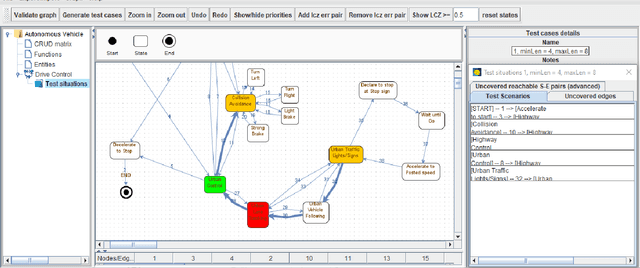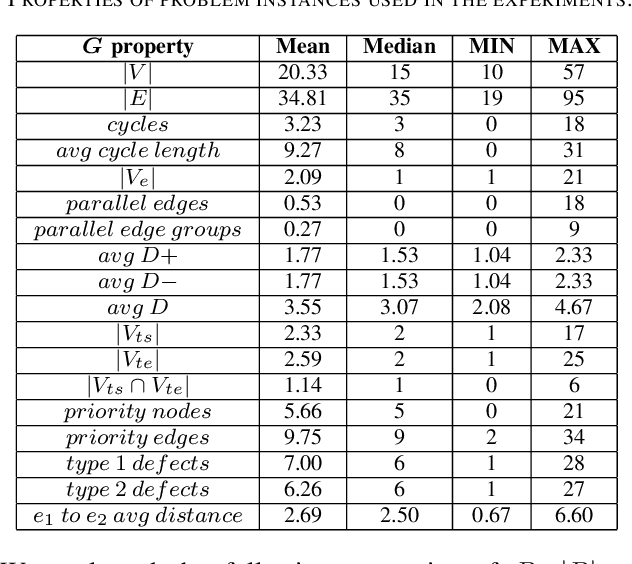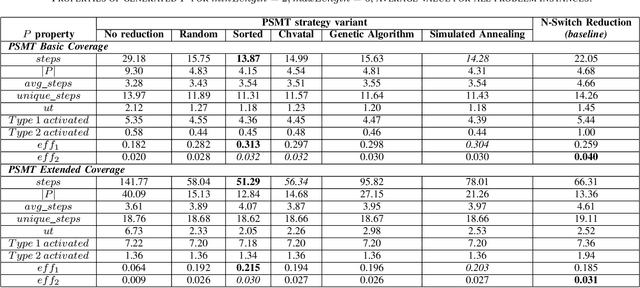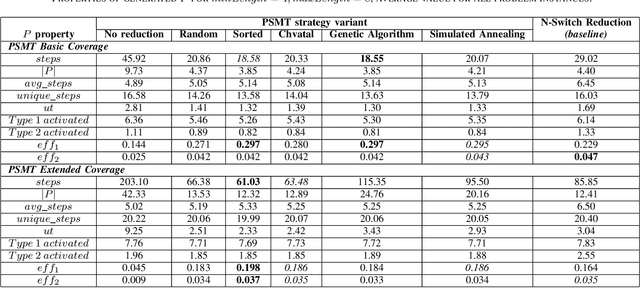Prioritized Variable-length Test Cases Generation for Finite State Machines
Paper and Code
Apr 03, 2022



Model-based Testing (MBT) is an effective approach for testing when parts of a system-under-test have the characteristics of a finite state machine (FSM). Despite various strategies in the literature on this topic, little work exists to handle special testing situations. More specifically, when concurrently: (1) the test paths can start and end only in defined states of the FSM, (2) a prioritization mechanism that requires only defined states and transitions of the FSM to be visited by test cases is required, and (3) the test paths must be in a given length range, not necessarily of explicit uniform length. This paper presents a test generation strategy that satisfies all these requirements. A concurrent combination of these requirements is highly practical for real industrial testing. Six variants of possible algorithms to implement this strategy are described. Using a mixture of 180 problem instances from real automotive and defense projects and artificially generated FSMs, all variants are compared with a baseline strategy based on an established N-switch coverage concept modification. Various properties of the generated test paths and their potential to activate fictional defects defined in FSMs are evaluated. The presented strategy outperforms the baseline in most problem configurations. Out of the six analyzed variants, three give the best results even though a universal best performer is hard to identify. Depending on the application of the FSM, the strategy and evaluation presented in this paper are applicable both in testing functional and non-functional software requirements.
 Add to Chrome
Add to Chrome Add to Firefox
Add to Firefox Add to Edge
Add to Edge